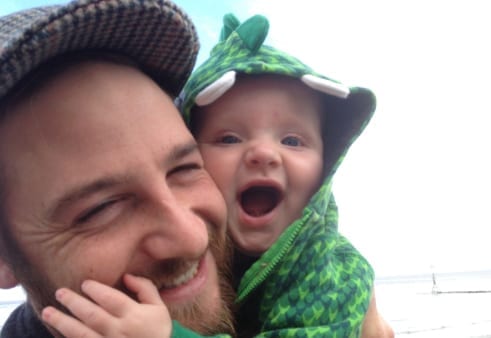Brain
Common ways how Tuberous Sclerosis Complex can have an impact on the brain
It is very common for someone living with Tuberous Sclerosis Complex (TSC) to have one or more problems with the brain because of the condition.
Common TSC-related issues often originate in the brain and can lead to further complications. However, the impact of TSC on the brain is unique to every individual.
What are some of the ways that TSC might impact the brain?
Cortical Tubers are thought to be one of the reasons why people living with TSC develop epilepsy. No new tubers grow following birth, with tubers developing during pregnancy.
It was previously believed that the number, size and position of a person’s cortical tubers, in combination with the kind of seizures they experienced, could influence the likelihood of an individual also having learning difficulties, developmental delay and mental health problems. However, we now know that genetic changes caused by TSC can directly lead to these issues, rather than tubers and seizure type only
SENs are small accumulations of cells (around 1cm in diameter) located in spaces around the brain that contain fluid. As a SEN grows, it might become large enough to block the normal flow of fluid in the brain, causing it to build-up. Fluid build-up on the brain can be serious and surgery could be necessary, often to implant a shunt – a thin tube connected to the brain that drains excess fluid.
SEGAs are non-cancerous brain tumours that around 15 out of every 100 people living with TSC will develop. It is possible for SEGAs to cause no issues, but SEGAs may also stop the flow of fluid in the brain, causing it to build-up (see SEN above). New or growing SEGAs can also lead to neurological problems or TSC-associated neuropsychiatric disorders (TAND), such as autism or depression.
SEGAs do not usually grow until later early-to-late teenage years or young adulthood, with SEGAs rarely growing once a person is in their mid-20s.
Treatment for SEGAs include surgery, or in certain circumstances it may be possible to shrink the growth through drug treatment
Monitoring the brain for changes
It is important to monitor the brains of all individuals living with TSC to track the development and growth of cortical tubers, SENs and SEGAs. This usually done through an a Magnetic Resonance Imaging (MRI) scan at least every 1-3 years.
The brain monitoring plan for each individual living with TSC will be tailored for each person by their clinician, so that any problems or issues can be addressed should they arise. Factors that can influence an individual’s monitoring plan includes their age and the number and size of growths or tubers already on the brain.
Download resources
Useful links
Make a one off or regular donation
£10 Can allow us to send a welcome pack to a family who has just received a life-changing TSC diagnosis, ensuring that they do not go through this time alone.
£25 Can help us develop materials that are included in our support services, flagship events or campaigns.
£50 Can provide laboratory equipment for a day’s research into the causes, symptoms, management or treatment of TSC.
To provide help for today and a cure for tomorrow





